I never expected to become a mushroom forager. You see, for the longest time, I never liked mushrooms. I meticulously picked them out of pizza. I snubbed my nose at cream of mushroom soup.
But something changed in my twenties. I discovered that I enjoyed morels cooked in a cream sauce served on a fillet of beef. I learned I enjoyed the steak-like flavour of shiitake mushrooms served in my vegetarian sushi.
In my thirties, I developed a taste for forest mushrooms: hen of the woods, cauliflower mushrooms, and chanterelles. I’d devour them at the bistros I’d frequent in Toronto and Seattle where I’d often travel.
Apparently, I liked mushrooms after all. Still, they weren’t my first choice.
Fast forward a decade and I find myself living on the Sunshine Coast in Canada. The region’s a misnomer: it’s a collection of towns tucked away in the rainforest.
Then in February 2020, I saw Fantastic Fungi in the theatre. The documentary features fungi advocates and thought leaders including Paul Stamets, the American mycologist who believes that mushrooms can save the world. The film blew my mind.
Then the pandemic hit and I found myself working from home. No longer commuting to Vancouver, all my time was spent in my rainforest home. With travel restrictions and social distancing the reality, I spent even more time outdoors than ever before.
In the spring and summer, I started to pay close attention to every plant, tree, lichen, flower and mushroom I walked past. The nature was different here. I’d snap photos of anything I wasn’t familiar with to review and ID later. I had purchased the book, The Flora and Fauna of Coastal British Columbia a few years earlier in the BC Ferries gift shop, and it became my reference guide.
My knowledge of local ecosystems started to strengthen. I started to notice everything, including the mushrooms I had only seen in movies or books: turkey tail, alpine jelly cone, bleeding tooth fungus. I also started to reconsider my life’s purpose and thought perhaps I should have been an ecologist.
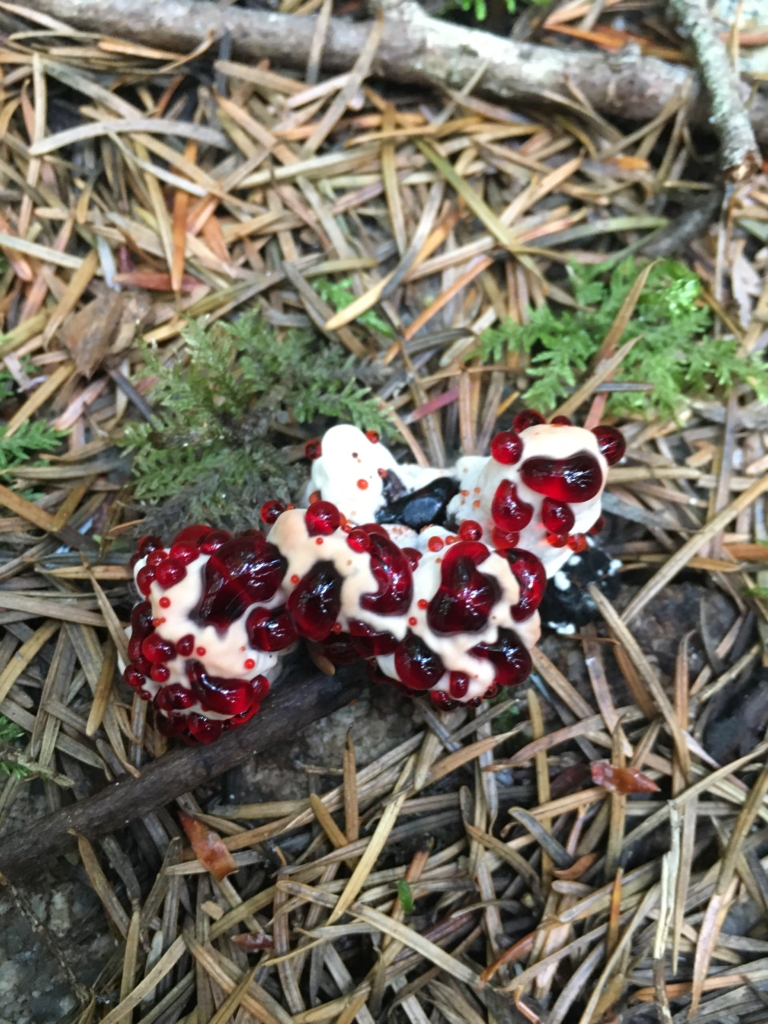
Occasionally family and friends would ask if I ever foraged for mushrooms. Despite my growing confidence, mushroom foraging was my blind spot. It was, for no good reason, pretty far down on my list of hobbies to pursue. As an adult, I wrote it off as a niche activity other people did, like diehard mycologists or off-the-grid hippies. I thought you needed to be an avid mushroom eater, which I still truthfully wasn’t. I also thought it was inherently risky, and that you needed years of mentorship to do it safely, and there were other activities I’d rather devote my time to. It never once occurred to me it was something I should do.
Until one day, Shaggy Jack‘s name popped up in a local Facebook Group. He was promoting his two-day mushroom foraging courses that were starting in a few days. I clicked on his website. He looked like the character his name suggests, but he was clearly legit. He was a well-regarded local mushroom seller and an experienced foraging instructor. For $60, I opted in for his two-day session.
The first session was an evening call on Zoom. Jody is his actual name, and he taught himself to forage for mushrooms to feed his family. Shaggy Jack comes from the portmanteau of Shaggy Mane mushrooms and Slippery Jack mushrooms. Who knew? Over the course of the evening, he taught everything he said he had wished he had learned when he was first starting out.
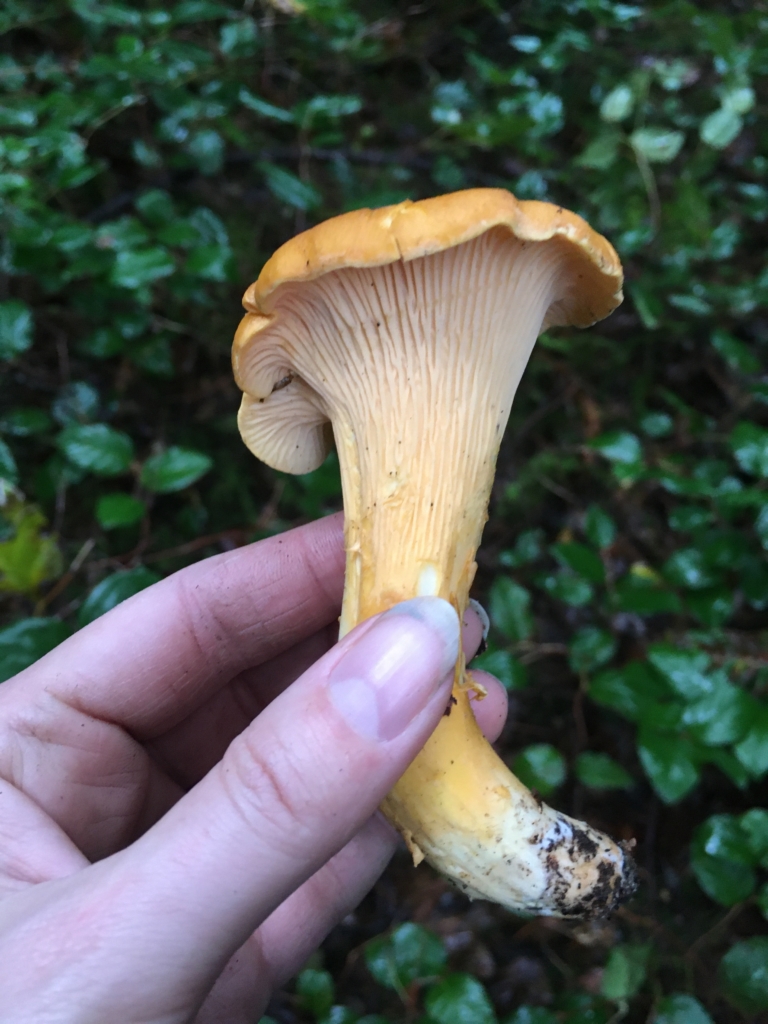
We learned the different physiological structures of a mushroom and how you can never rely on looks alone for identifying mushrooms, you really need to engage all your senses. We learned that some mushrooms have symbiotic relationships with trees, some are parasitic, and others only grow on decaying matter, and knowing which edible mushrooms have which relationships can help your ID.
I learned that you can never get sick from simply touching a mushroom. This astounded me. All my life I have avoided touching mushrooms based on an assumption they could poison me.
I also learned that the mushroom is the fruiting body of a fungus, and that picking a mushroom doesn’t hurt the fungus, it’s really just like picking an apple off a tree. And ideally, you want to pluck the mushroom with your fingers from the base, you don’t want to cut it with a knife. Why? If you cut it, the hyphae (the fungus’ underground network) doesn’t get the signal that the mushroom has been picked, so it won’t try to grow more mushrooms. And the base of the mushroom often contains valuable ID information too.
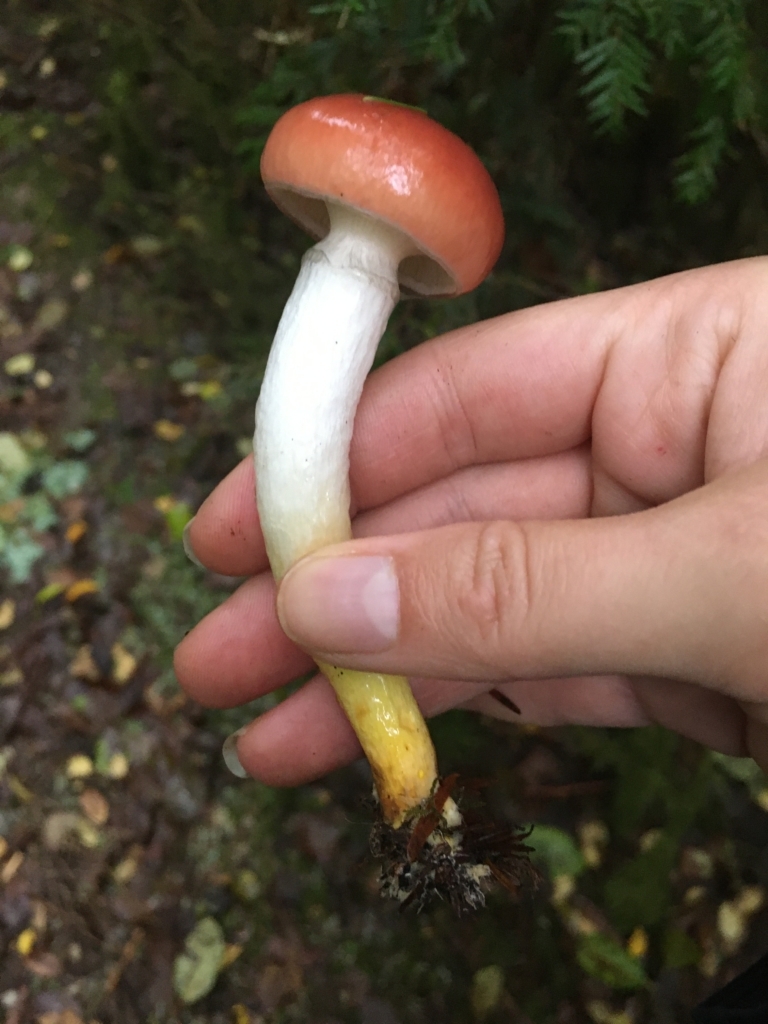
Speaking of knives, you’d still want to pack one with you. What to pack on your mushroom forage expedition and how to stay safe were all well-covered by Jody.
We learned about how different cultures in the world are either mushroom-loving, like Russian or Chinese, or mushroom-phobic, like North American. This can often influence your relationship with mushrooms. It probably explained mine. I also loved learning that harvesting mushrooms in a basket isn’t just a folksy aesthetic, but it helps disperse the spores through the forest.
We also learned how mycology is a very new science and things we thought we knew are always changing, so you’re best to reference updated guide books. Never rely on identifier apps because they’re just computer algorithm best guesses. Ultimately, the humans behind a mushroom Facebook community or the friendly face of an experienced mushroom forager are a much safer bet.
Of course, in order to make a proper ID online, you must know how to photograph a mushroom and also how not to photograph a mushroom.
The evening concluded with a review of common edible species on the Sunshine Coast. We learned their seasonality, the geography and ecosystems they prefer, how quickly they decompose after picking. We detailed their physiology, their distinct smells, their unique textures, their durability, and how you’d prepare and preserve them.
The details boggled my mind. It was like I was learning a new language. For four hours, I furiously scribbled down notes. The next morning, we met up in person and put those notes to use.
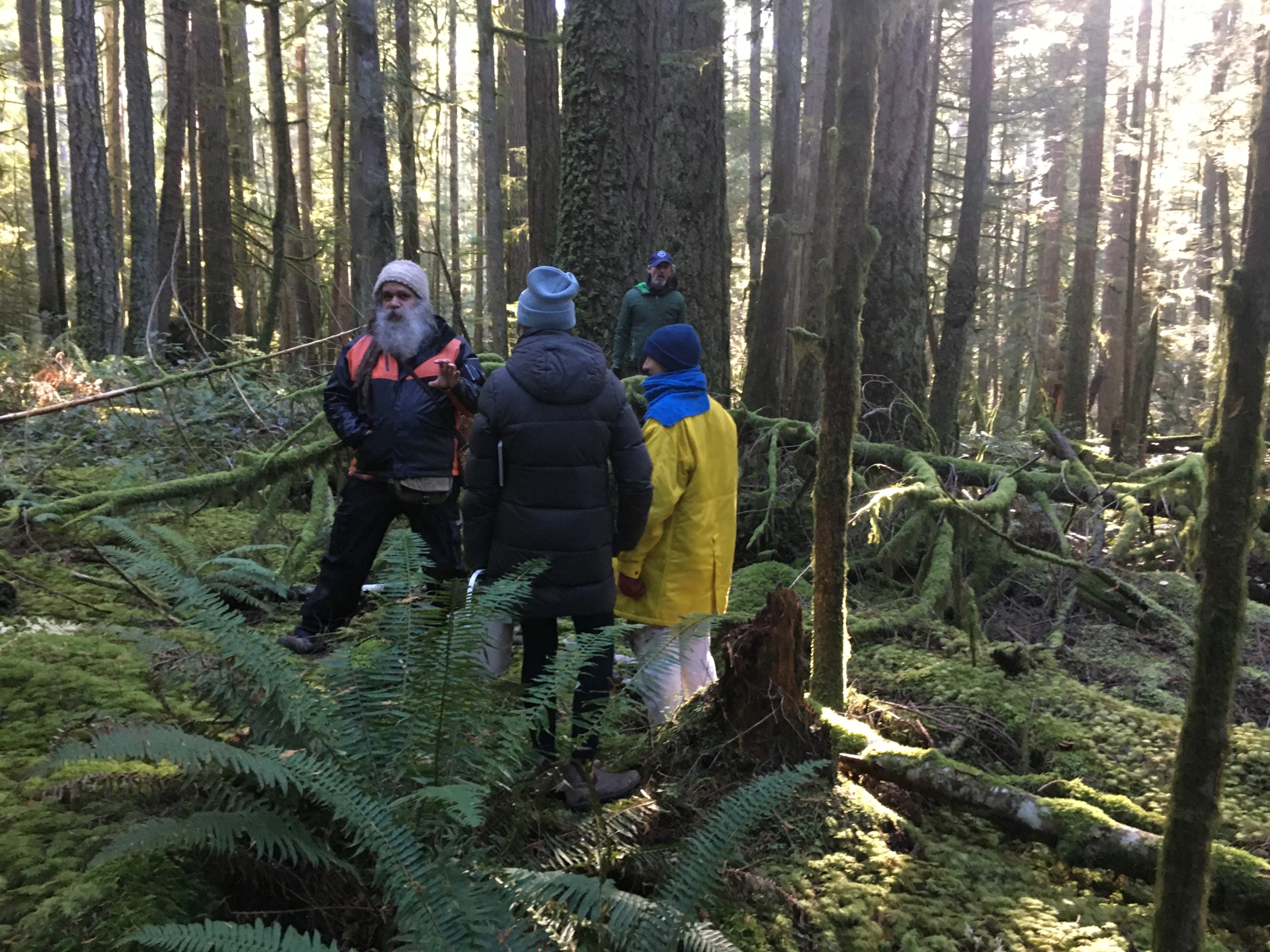
Day two was the perfect November outing. Wet met in the parking lot off a logging road near a bunch of well-used mountain biking trails. There was a group of 15 of us or so: an extended family, retired folks, a mother and daughter, and hip couples from Vancouver new to the Sunshine Coast. I was the only one solo.
Jody led the group through the forest, and keeping our eyes to the ground, we started to notice mushrooms everywhere. When we thought we had successfully identified one, we’d confirm it with Jody. We found Rosy Gomphidius, a slime spike mushroom that has a slimy film you peel off before eating. We found Pacific golden chanterelles, a Zeller’s bolete, gypsy mushrooms, and prolific patches of winter chanterelle. Hedgehog mushrooms were in full season, easily identifiable with their teeth in place of gills. And the coveted Matsutake was found by a lucky individual. We each got to take in a breath of its signature funky Fireball aroma.
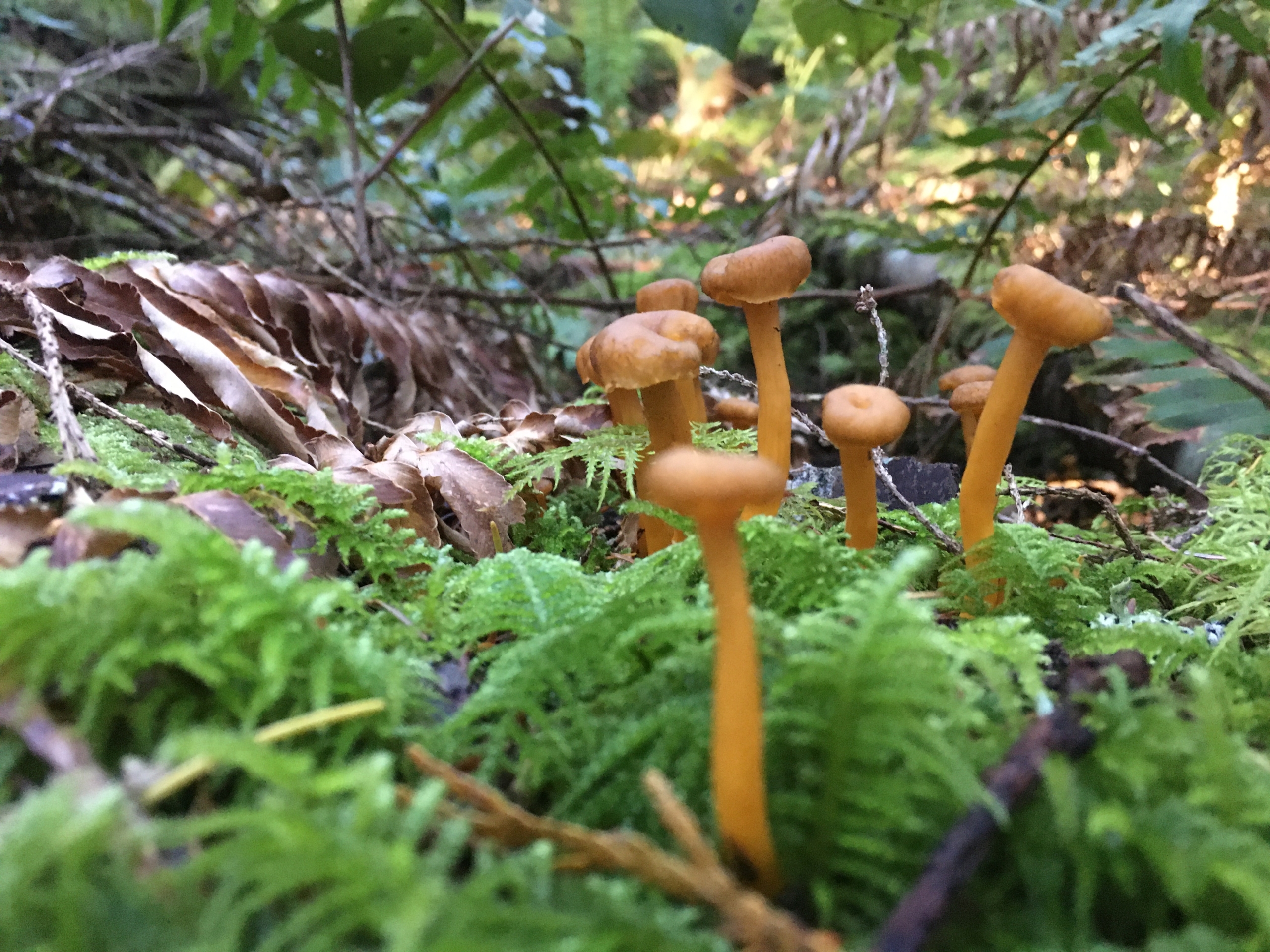
There was a real sense of accomplishment toward the end of the afternoon. I can now confidently and safely identify about eight types of edible mushrooms that grow here. Armed with new recipes and an encyclopedia of knowledge, I knew my mushroom foraging journey was only just beginning. The whole experience created an even greater depth of appreciation for the local rainforest and the incredible diversity of wild mushrooms that grow there. October and November have new meaning to me. I also willingly, purposefully eat mushrooms.
Maybe I’ve become that avid mushroom fanatic after all.
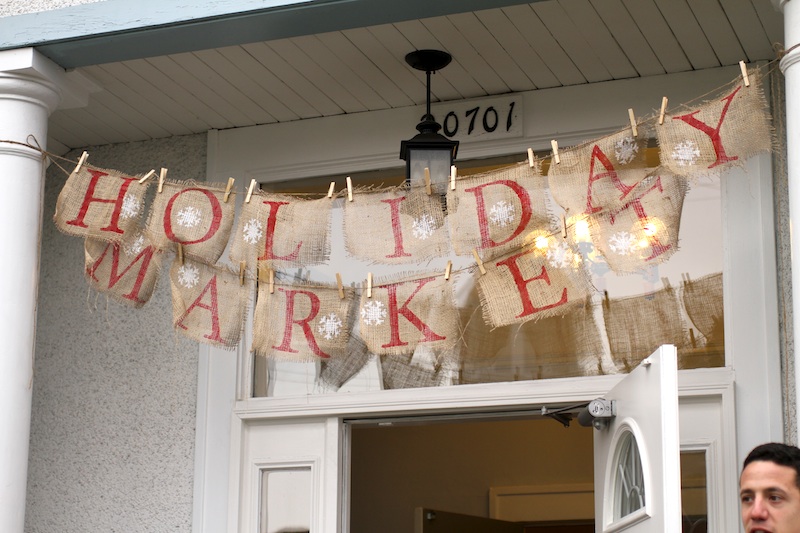
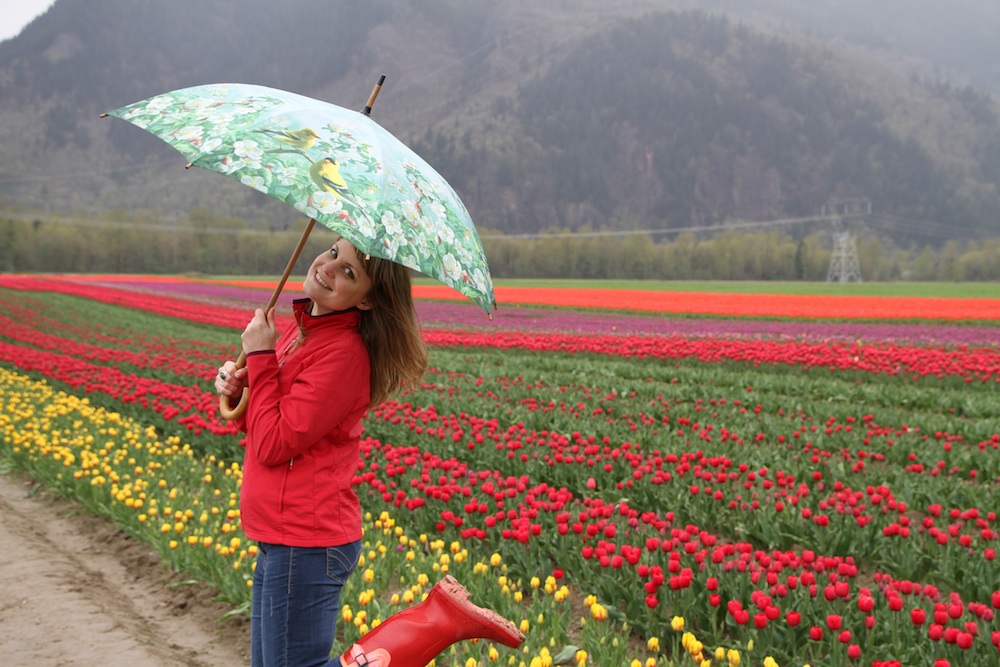

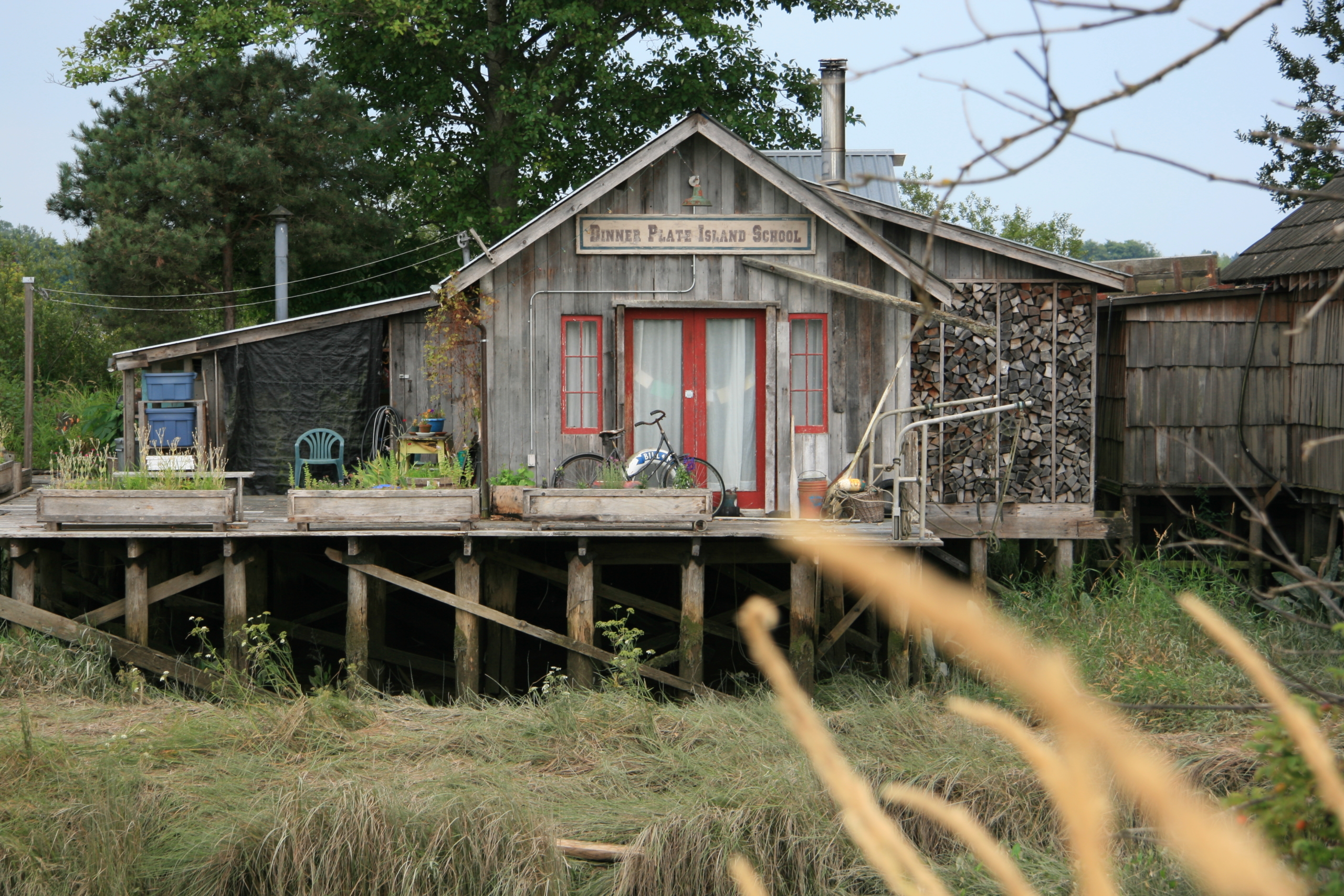
Afterthought:
A friend of mine asked how I know what mushrooms I can pick, and I liken it to knowing what berries to pick. You know what berries are safe to pick and eat because you’re taught what berries are safe to eat. Like, you know a strawberry is safe because from a young age, you’ve been taught strawberries are safe, and you are taught what they look like and how to differentiate strawberries from other red berries. And if you’re walking outside and see a random berry growing on a bush but you don’t recognize it, you wouldn’t eat it. The same goes with mushrooms.
When you’re starting out learning how to forage for mushrooms, generally you start off understanding what edible species grow in your region. There are often local mushroom books and guides. The mushrooms that grow here in coastal BC are, I imagine, very different from mushrooms that grow in more tropical locations, but might be similar to mushrooms that grow in temperate Europe.
But when you’re first starting out, you learn one or two species that are almost foolproof to identify. Foolproof because they have no toxic lookalikes, and even if they do have a toxic lookalike, you learn how to identify the key features of both. And you must be a diligent student and learn the key identifying features of these edible mushrooms – where they grow, the shape of the cap, the shape of the stalk, the shape of the base, the presence of gills or the shape of the gills of the lack of glils, the type of the soil that clings to the base when you pluck it, the smell, the textures, the colour, the colour of the spores, whether they easily break apart when you shake them or if they’re durable and firm, etc.
Some mushrooms are more complicated to identify than others, so when you’re starting out, you really start off with identifying the easiest. Any mushroom instructor can help you identify what those are.
And you go out with purpose, not trial and error. If you only know how to safely and confidently ID two species of edible mushroom, then that’s what you keep your eye out for and you ignore the dozens of other mystery mushrooms you encounter.
And then you have to be thorough with your ID and be able to cross reference the mushroom you’ve found with a checklist of criteria, and if the mushroom doesn’t match 100% of that criteria, then you ignore it. You only eat the mushroom if it matches 100% of the ID.
The Pacific golden chanterelle, for example, is a firm, buttery golden coloured mushroom shaped like a trumpet. It only grows out of the ground in the forest, and even then, only in certain types of forest (in BC, it often grows near Douglas fir and salal). It smells vaguely like raw apricot and it doesn’t have true gills, it has folds. It’s uniform in colour and if you pierce the flesh with your fingernail, it’ll be white inside.
So, if I came across a trumpet-shaped golden mushroom in a garden or lawn, I’d know it’s not a chanterelle because it’s not growing in the forest. If I saw a golden trumped-shaped mushroom growing in the forest but it was growing out of dead wood or out of a tree, I’d know it wasn’t a chanterelle, because chanterelles only grow out of the ground. And if I turned it over and looked underneath the cap and saw gills, then I’d know it’s not a chanterelle, because chanterelles don’t have gills, they have folds. If it smelled like a musty mushroom and not like fresh raw apricots, then I’d also know it couldn’t be a chanterelle. Only once it matches all the criteria can you be confident. You really have to be strict and can’t take any chances.
To be really safe, I really only ID mushrooms that are easy to identify, I never play around with mushrooms that require microscopes or spore prints to properly identify. I’m not there yet. I’m also not willing to take chances with mushrooms that require parboiling or special preparations to be edible.
Finally, I do encourage people to take a mushroom foraging class like I did, because that hands-on experience and all that context is what’s so needed and you can’t be taught that using an app. An app just guesses based on visual cues and it doesn’t factor in growing location, smell, texture, or all the details it can’t see. And a foraging class is also a game changer because it instills confidence. Your instructor can confidently confirm a safe mushroom and everyone in the class can touch it, smell it, etc. and instill that confidence so the next time you’re out on your own and you encounter what you think is a safe mushroom, you know from experience how it should smell, how it should feel, etc. It truly was a game changer for me.